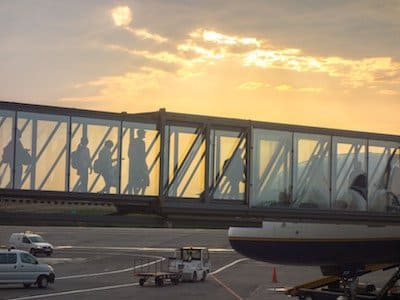- 1. Old Jaffa
- 2. Tayelet Promenade
- 3. Sheinkin Street
- 4. The White City
- 5. Tel Aviv Museum of Art
- 6. Tel Aviv Port
- 7. Eretz Israel Museum
- 8. Carmel Market
- 9. Dizengoff Sreet
- 10. Day Trip to Jerusalem
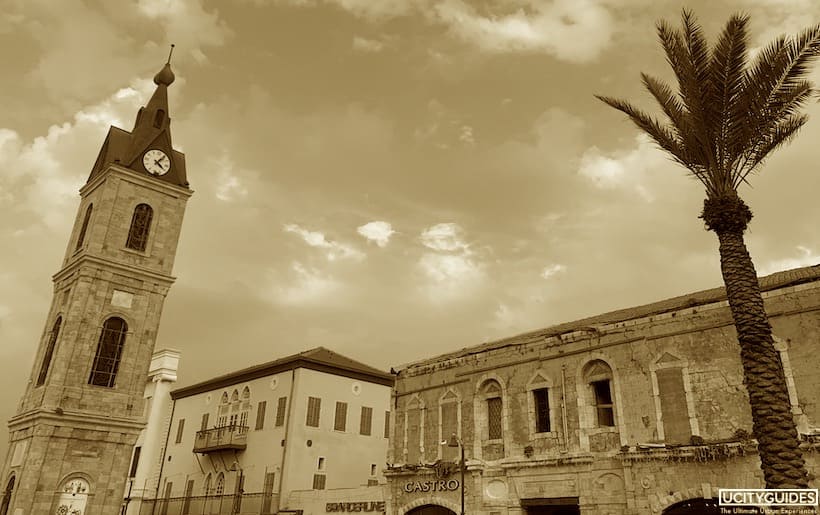
This is one of the world’s oldest cities and now Tel Aviv’s “ancient quarter.” It’s within walking distance of the beaches and the center of town, with an attractive mix of East and West in its popular flea market and cafés. Its narrow lanes is where you can find traditional crafts and regional snacks.
Locate it on the map: Old Jaffa

This 6km (3.5 miles) beachfront promenade is the city’s most vibrant area. Its series of Mediterranean beaches is a year-round destination, and the patterned sidewalks are used for jogging, dog-walking and evening strolls. It’s lined with hotels and beach cafés, attracting locals and tourists, who stay for the beautiful sunsets.
Locate it on the map: Tayelet

Tel Aviv’s trendiest street has a New York-meets-Miami vibe, with shops and eateries that attract the local youth. It’s a place for people-watching and for alfresco dining, in a sidewalk café or restaurant.
Locate it on the map: Sheinkin Street

The world’s richest concentration of Bauhaus buildings dates from the early 1930s to the 1950s, and is one of very few “recent” sites to be listed as World Heritage. Guided tours point out the buildings’ curved balconies, the tiled stairways, and other architectural features. The first street to head to is Rothschild Boulevard, where many of the buildings now have cafés and shops.
Locate it on the map: The White City
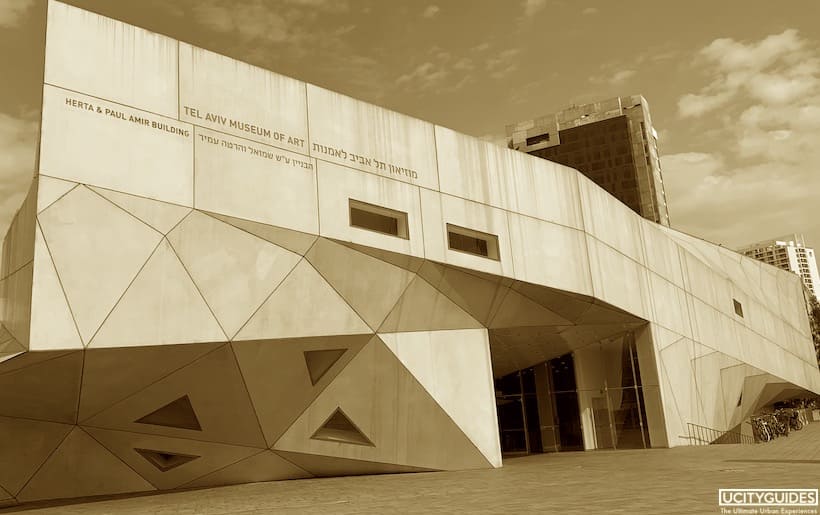
With a permanent collection of Impressionist and post-Impressionist works by artists like Degas, Matisse, Picasso, and Van Gogh, this is Tel Aviv’s top museum. Created in 1932, it mixes painting, sculpture and photography, and also screens films and hosts temporary exhibitions.
Official Website: www.tamuseum.org.il

Built as the gateway to the city in the 1930s, Tel Aviv’s former main port has become the hottest spot in town for dining, shopping and relaxing. Outdoor concerts are common, and the former warehouses create a long strip of restaurants, bars and clubs.
Locate it on the map: Tel Aviv Port
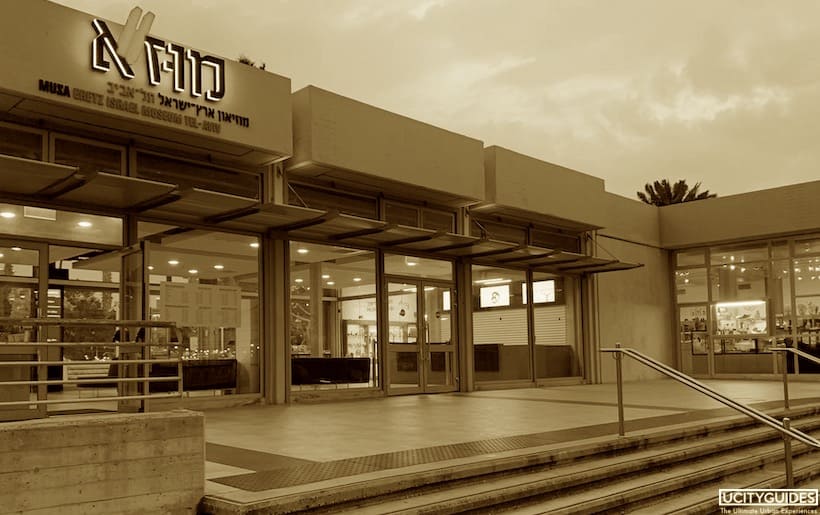
In order to understand the history and culture of Tel Aviv, you must visit this museum. It presents artifacts like ceramics, glassware, textiles and coins, and an active archaeological site. There’s also a reconstruction of a medieval bazaar and temporary exhibitions.
Official Website: www.eretzmuseum.org.il
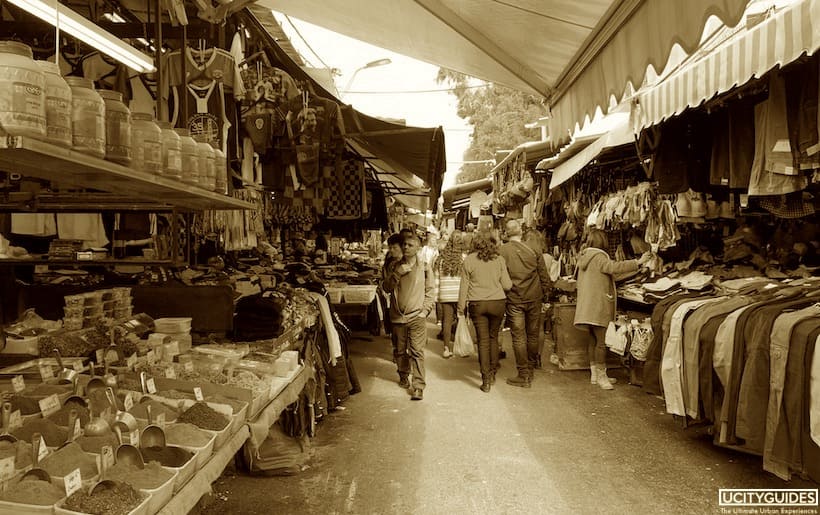
This frenetic open-air market has stalls selling everything from colorful spices to knock-off fashions. It’s where locals grab freshly-baked bread, fruit and vegetables, and where you may get some supplies for a day at the beach. It’s especially lively in the afternoon, and opens every day except Saturday.
Locate it on the map: Carmel Market

The heart of the city’s most popular shopping district has independent boutiques and flagship stores. It’s also home to the Dizengoff Center (a mall from the 1970s that remains popular today thanks to its number of local brands) and the Bauhaus Center (a shop and gallery that offers tours of the White City’s Bauhaus architecture).
Locate it on the map: Dizengoff Center and Street

Located just one hour east of Tel Aviv, the Israeli capital is more than a popular religious destination. It’s a lively city with major museums and landmarks like the Israel Museum and the Dome of the Rock.
Tours: Jerusalem


